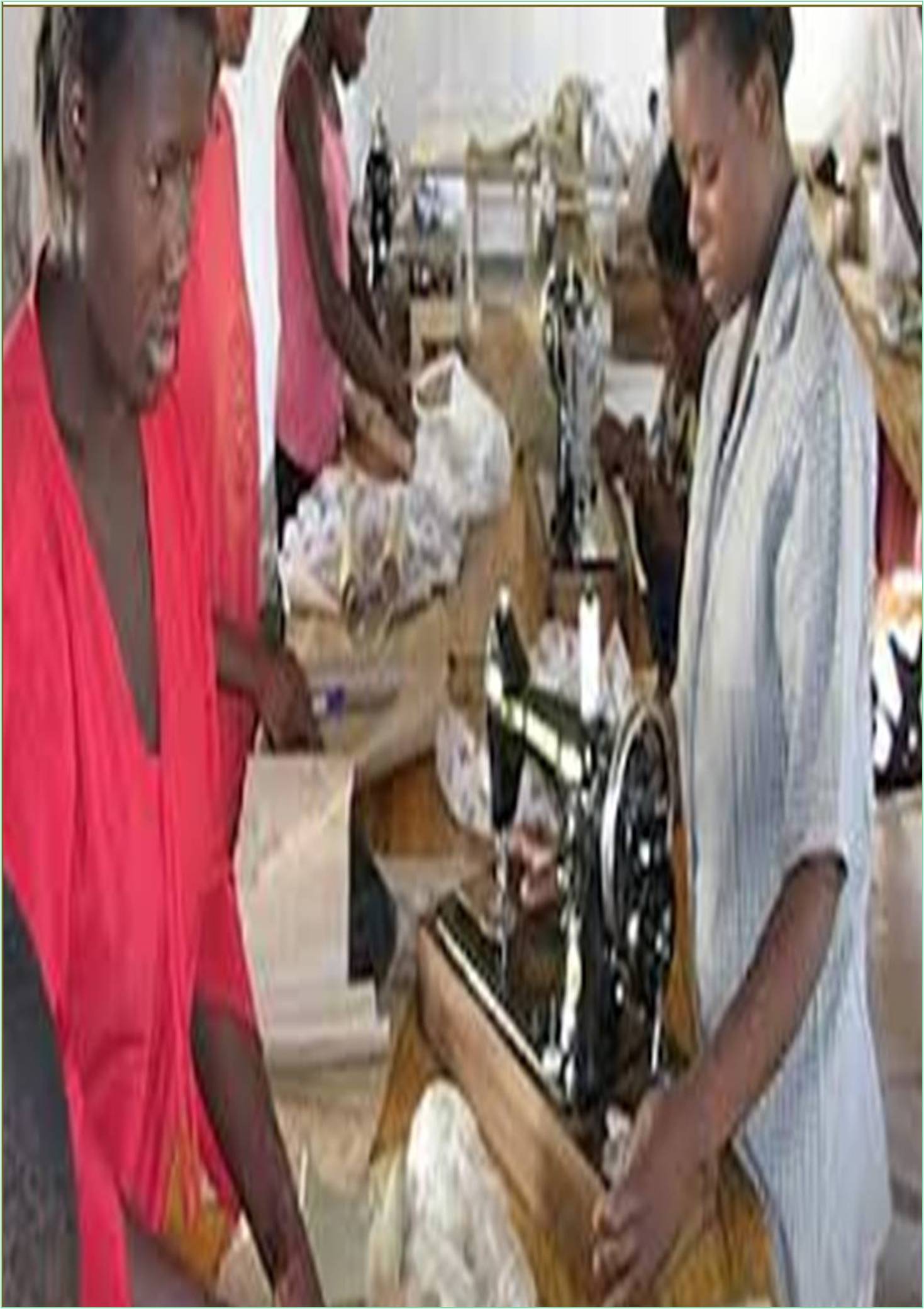



Received: 28-Nov-2022, Manuscript No. GJVTE-22-82846; Editor assigned: 02-Dec-2022, Pre QC No. GJVTE-22-82846(PQ); Reviewed: 16-Dec-2022, QC No. GJVTE-22-82846; Revised: 23-Dec-2022, Manuscript No. GJVTE-22-82846(R); Published: 30-Dec-2022, DOI: 10.15651/2437-1890.22.10.011
The study of stomatology emphasizes the integration of theory and practice as well as a student's operational and clinical skills. However in today's education the main teaching points are primarily concerned with imparting theoretical knowledge and practical skills through the use of isolated simulation models of the head and teeth in the lab. Training for clinical inquiry typically includes instruction on disease diagnosis and methods for speaking with patients and their families. As patient understanding of their rights continues to grow, patients are increasingly rejecting the practice of being asked to do "props" for physical examinations and treatments by interns and trainees.
In educating somatology the ratio of theories to practices is progressively getting worse. Given this social context, it is safe to say that the emergence of standardized patients has given the advancement of medicine a fresh boost. Students studying stomatology have the chance to develop their clinical skills through training with and application to standardized patients. Standardized Patients (SP), often referred to as Simulated Patients are everyday people or patients who after thorough training are able to accurately depict the symptoms, signs, and other needs of patients as well as their medical history. A unique group of persons known as SP is trained, accepted and given certifications by professionals.
While developing and employing these groups entails significant time and financial inputs, using students as standardized patients can lower those costs. Student Standardized Patients (SSP) are medical students who after receiving standardized and systematic training, can accurately portray patients' real clinical problems and serve as teaching mentors and evaluators with triple functions. The professional information is only partially understood by stomatology students in the classroom.
Students majoring in stomatology are chosen as the SSP resources and various professional knowledge can be improved more successfully through SSP role playing and repeated practice. Students of stomatology who have not been exposed to clinical practice may develop an interest in it later on and learn more about professional development.
Students can link diseases using their knowledge and skills in a clinical context, creating a firm basis for methodical learning. The act of conducting an inquiry entails asking patients or pertinent professionals pointed questions in order to get the essential data. To help with the subsequent diagnosis and treatment of the current ailment doctors can use inquiries to learn about the occurrence, progression of the disease, past diagnoses and treatments, allergy history, family history and other pertinent information. When developing clinical treatment programs gathering crucial information is especially vital. The selection of the plan will be greatly influenced by several circumstances. Training and Use of Standardized Patients for Students in Stomatology
By consulting the SSP before entering the clinic students can develop their inquiry skills by avoiding blind consultation. The SSP can be used to give students repeated face-to-face practice, which can help them learn clinical communication techniques and skills and boost their confidence so they won't feel self-conscious when they interact with actual patients in a clinical setting. Additionally, it does not wear out patients. At the same time the application of SSP can improve medical students humanistic care for patients in daily life cultivate the idea of caring for the wound improve their sense of service and sense of responsibility and make medical students and doctors pay more attention to communication with patients.